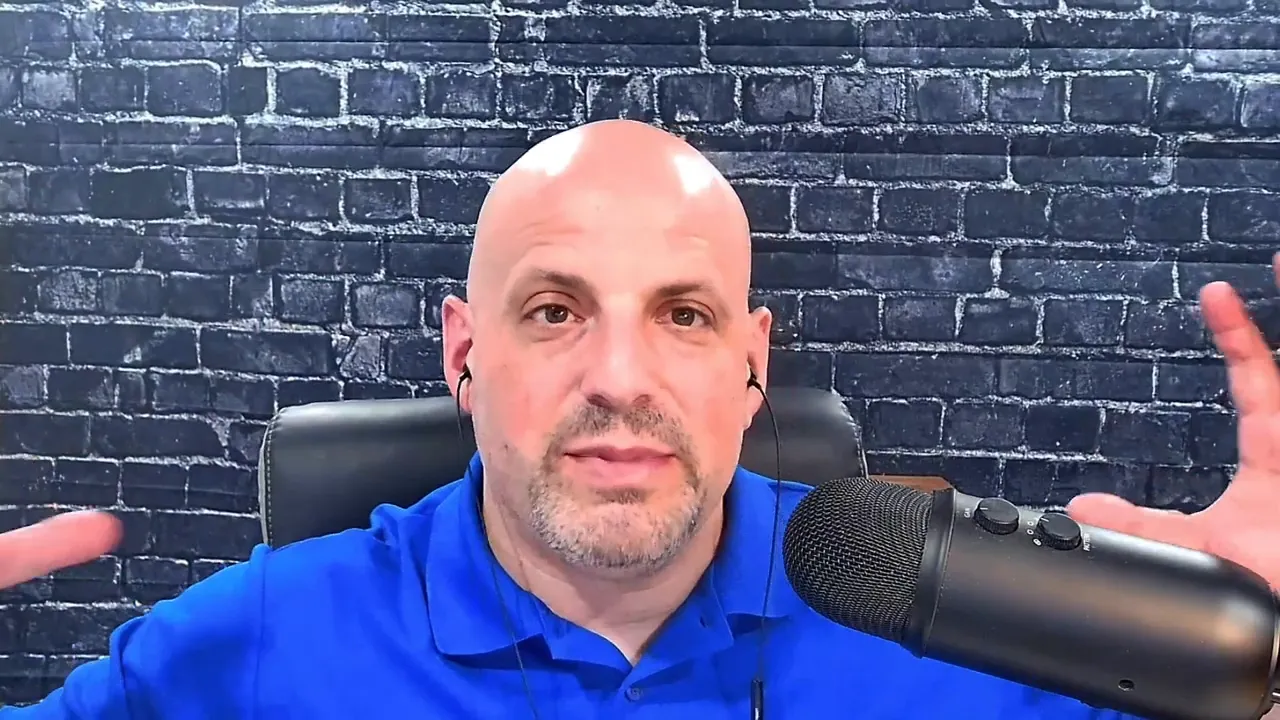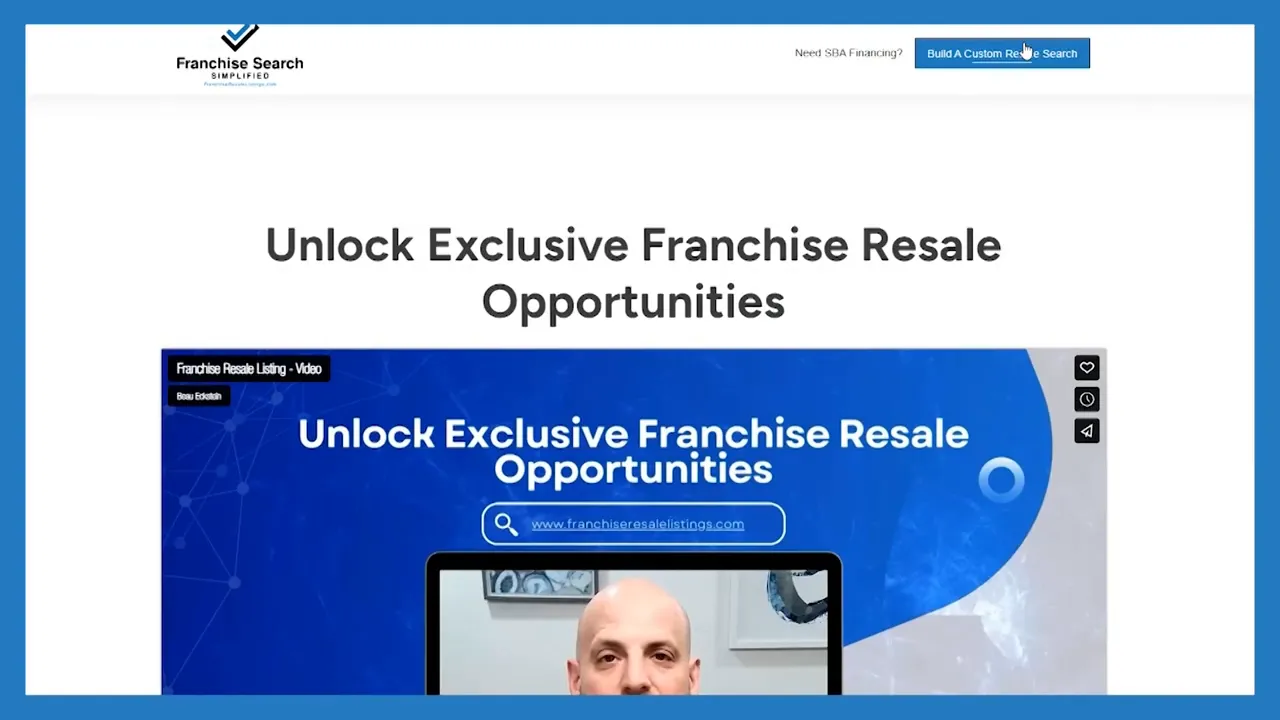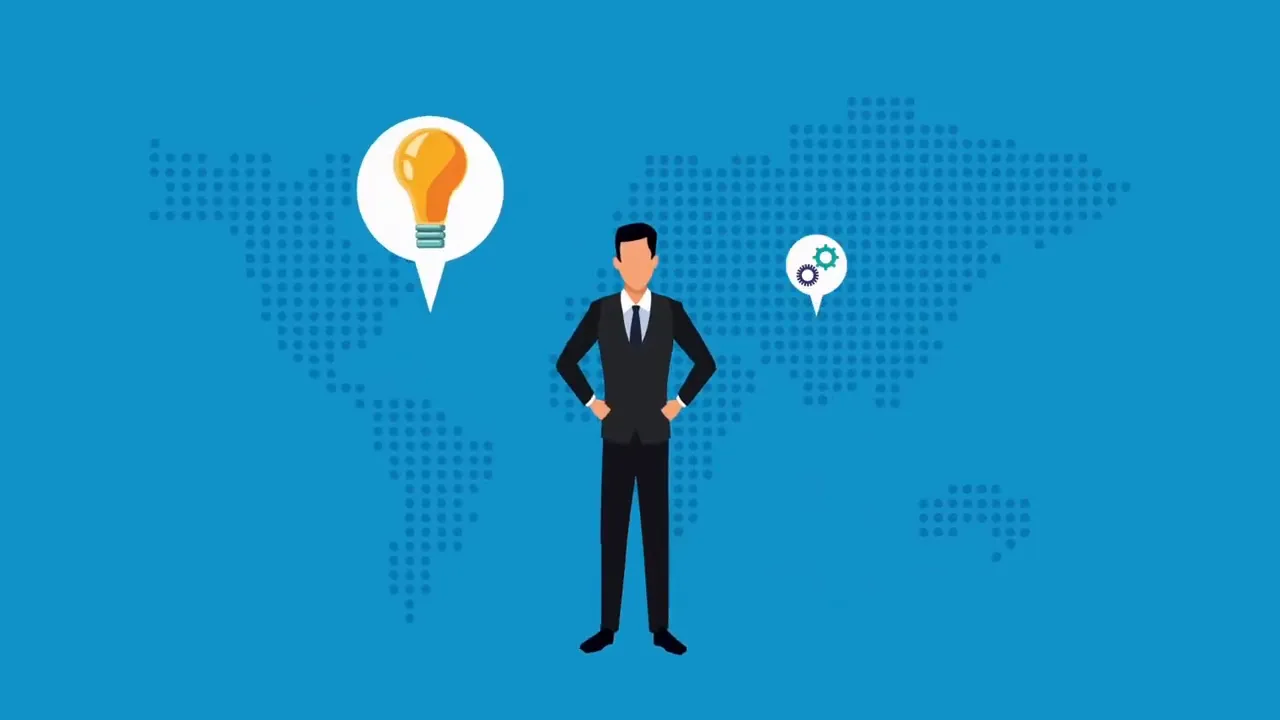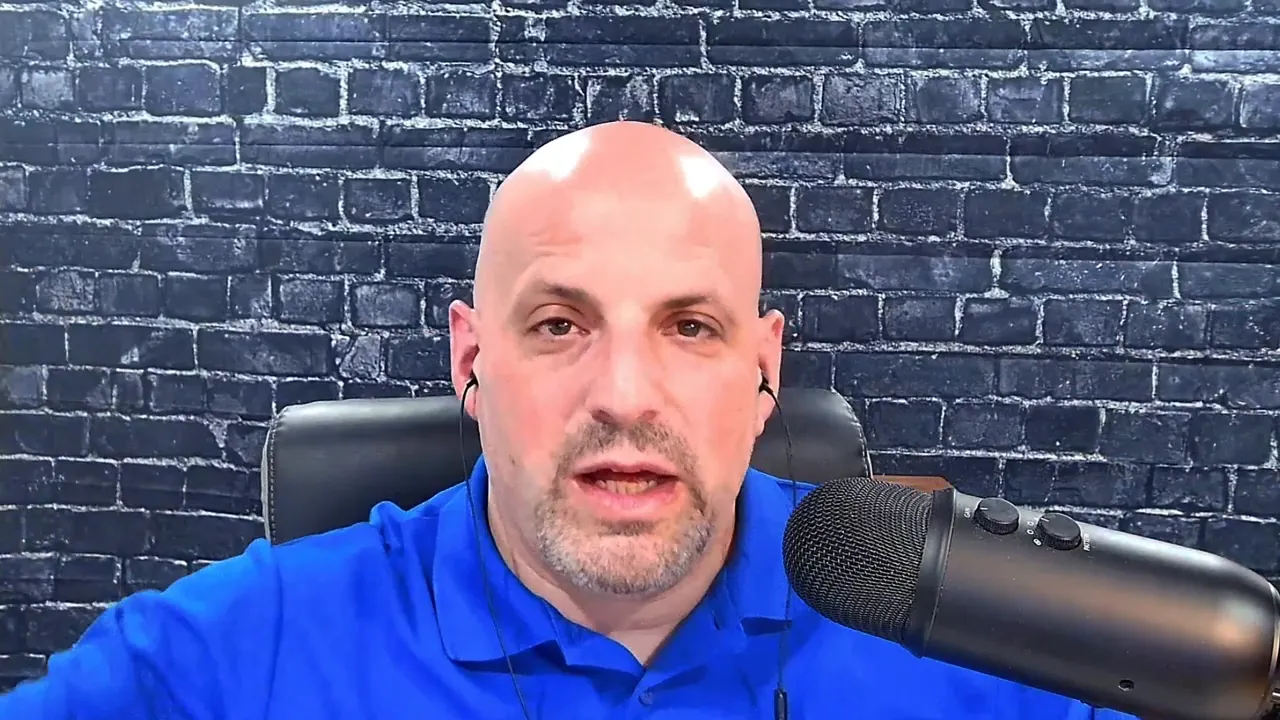Hi, I'm Beau Eckstein. As the host of the Business Ownership Coach | Investor Financing Podcast, I help entrepreneurs turn ideas and side hustles into scalable, fundable businesses. In this article I walk you through why understanding SBA financing matters, what lenders will look for, and how to position your startup — whether it's a food product, a small retail concept, or a growing service — to qualify for meaningful capital. Business Ownership Coach | Investor Financing Podcast

Why SBA Financing Can Be a Game-Changer for Startups
SBA loans open doors that traditional lending sometimes leaves closed. If you're running a side hustle or have a new concept, SBA financing can provide the capital needed to build out production, lease or construct commercial space, or scale operations. Over my 20+ years in lending and business advisory, I've seen SBA-backed loans fund startups, real estate, franchises, and non-franchise expansions. Business Ownership Coach | Investor Financing Podcast
Here’s the basic promise: with the right business plan, strong borrowing characteristics, and documented equity, you can bridge the gap between where your business is and where it needs to go. The SBA doesn’t typically fund 100% of startup costs; instead, they require an equity injection but will often provide 80–85% of the total project cost for a qualifying startup. That structure makes the bank’s risk manageable while giving you the runway to grow. Business Ownership Coach | Investor Financing Podcast
Start With the End in Mind: The Power of a Detailed Business Plan

A business plan is not a formality — it’s your funding blueprint. For SBA financing, a plan must go beyond a paragraph and include financial projections, market research, and an operational roadmap. If you want to scale, lenders want to see how you’ll do it: how many accounts will you add, what distribution channels will you use, what margins you expect, and what timeline you’ll hit key milestones.
Take the example I discussed with a client recently: he makes a specialty tortilla that’s already in 12–13 stores. He needed roughly $400,000 to build out a commercial kitchen and scale production. With a crisp plan showing projections and distribution strategy, and with proper documentation of existing costs, that request became a viable SBA financing opportunity. Show the lender how this investment translates into increased sales and repayment capacity — that’s the core of a strong SBA case. Business Ownership Coach | Investor Financing Podcast
Equity Injection: What It Is and How To Document It

SBA loans typically require an equity injection — commonly around 15–20% for non-franchise startups. That means if your total project is $500,000, you should plan to show $100,000 invested by you or other approved sources. But don’t worry: the definition of equity can include documented costs already put into the project. If you’ve paid for equipment, permitting, or lease deposits and you can show canceled checks or bank statements, those dollars count toward your equity injection.
Documentation is everything here. Keep clear records: canceled checks, deposit receipts, invoices paid, and bank statements that match the amounts and dates. This trail shows lenders that you’re financially committed and that their loan will be matched by real, verifiable capital from you or your partners. If you’re preparing to apply, start organizing those documents now. Business Ownership Coach | Investor Financing Podcast
What Lenders Look For: Borrowing Characteristics and Market Evidence

Good borrowing characteristics are a mix of credit history, liquidity, and demonstrated business acumen. Lenders want to know you can repay the loan. That means reasonable personal and business credit scores, a sensible debt-service ratio, and a realistic, data-backed projection for sales growth.
For non-franchise startups, your business plan must be granular. General statements like “we will sell to supermarkets” aren’t enough. Show which supermarkets, their purchasing cycles, shelf placement strategy, pricing comparisons, and demographic alignment. This is where demographic research and a sales channel map make the difference between an ambiguous plan and a fundable one. Business Ownership Coach | Investor Financing Podcast
Sample Checklist for an SBA Application
- Detailed business plan with financial projections for 3–5 years
- Market research / demographic analysis
- Proof of equity injection (canceled checks, bank statements)
- Personal and business credit reports
- Resumes of key management and operational plan
- Estimates and contracts for construction or equipment
Use this checklist as your pre-application road map. The more complete your package, the faster the underwriting and the higher your likelihood of approval. Business Ownership Coach | Investor Financing Podcast
Resources, Free Tools, and How I Can Help

There are many free resources to help you build an SBA-grade business plan: local SBA offices, SCORE mentors, and online templates geared toward lenders. I’m happy to share example SBA business plans and review a funding strategy with you — if you want that help, book a call at bookwithbeau.com.
If you’re not starting from scratch and instead want to acquire a business, stop scrolling through generic listings. Visit franchiseresal listings.com to get a customized search and weekly inventory updates tailored to your criteria. Whether you’re buying, scaling, or pivoting, having a targeted acquisition strategy paired with a fundable plan dramatically increases your chances of success. Business Ownership Coach | Investor Financing Podcast
Putting It All Together: A Step-by-Step Funding Roadmap

Follow this roadmap to make SBA financing work for your startup:
- Clarify your objective: Exactly how much do you need and for what purpose?
- Build a detailed business plan with 3–5 years of projections and break-even analysis.
- Document your equity: gather canceled checks, invoices, and bank statements.
- Run and improve your personal and business credit profiles.
- Support your plan with demographic research and channel-specific go-to-market tactics.
- Engage an advisor or lender early to validate assumptions and loan structure.
When you follow these steps, lenders can see the repayment story clearly — which is the essence of good SBA financing. Business Ownership Coach | Investor Financing Podcast
Common Questions I Hear
- Can I use past costs as my equity injection? Yes, if you can document them with canceled checks and matching bank statements.
- Do I need perfect credit? No, but you need reasonable borrowing characteristics and a credible plan.
- Will the SBA finance real estate? Yes — they fund real estate, equipment, startups, franchises, and non-franchises.
Conclusion: Take Action Now

SBA financing can be the bridge between a promising concept and a thriving business. If you’re serious about scaling, don’t treat the business plan as an afterthought — start with the end in mind and build a credible, evidence-backed projection set. Document every dollar you’ve invested, and prepare to show lenders a clear path to repayment.
If you want hands-on help, I offer example SBA business plans, customized searches for business acquisitions, and one-on-one advising. Book a call at bookwithbeau.com and let’s see how we can move your project from idea to funded reality. And remember: Business Ownership Coach | Investor Financing Podcast is here to guide you through the financing journey. Business Ownership Coach | Investor Financing Podcast Business Ownership Coach | Investor Financing Podcast Business Ownership Coach | Investor Financing Podcast
